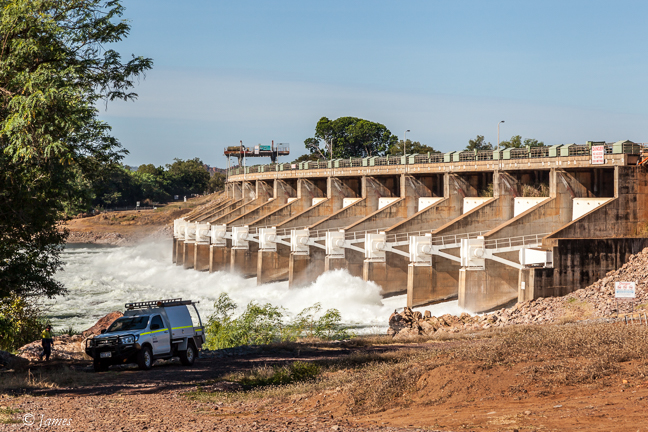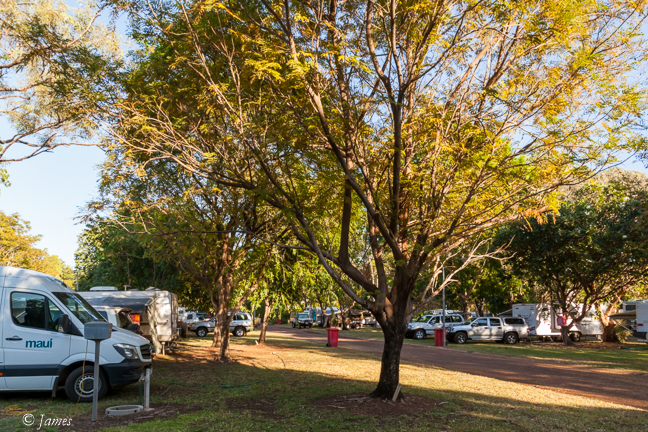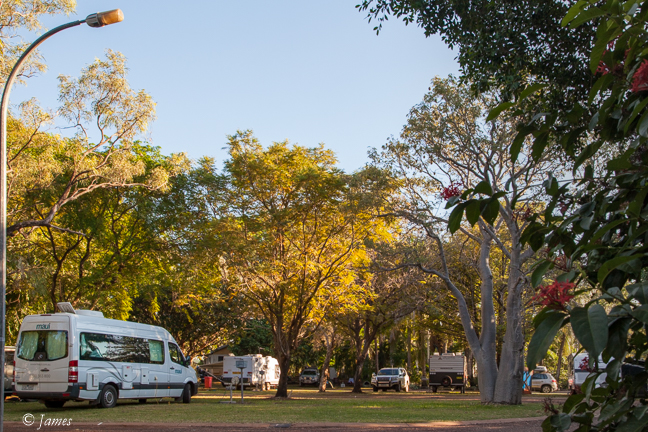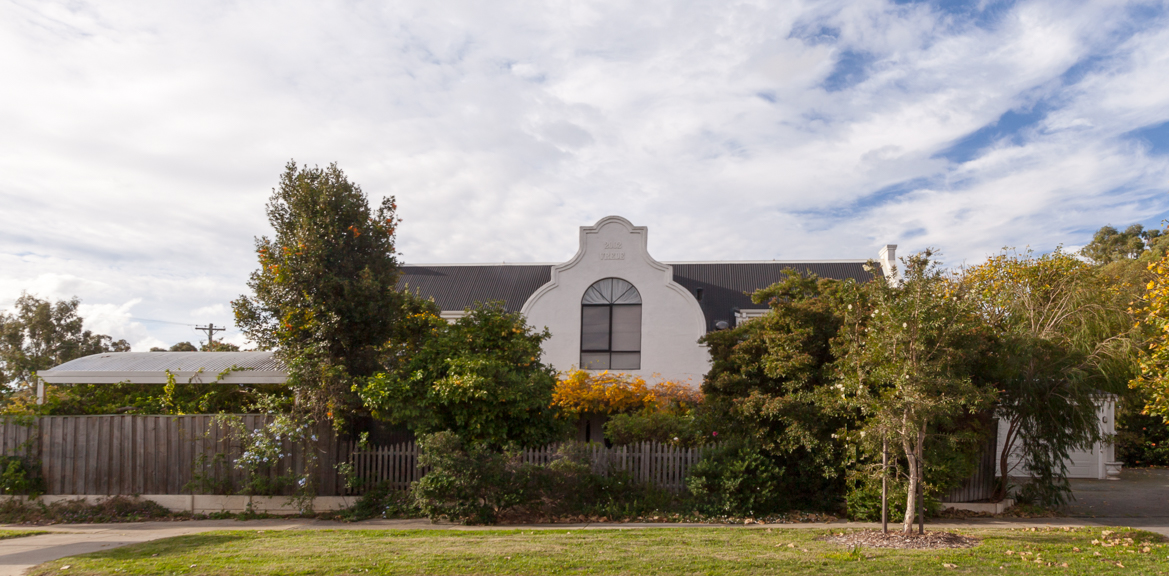Leaving Mary River, the flat landscape was similar to yesterday, but it became much more interesting after Warmun; hills, valleys, and smaller cattle stations, taller and more numerous trees. Both Halls Creek and Warmun are small towns that supported mining, and the cattle drives, where the cattle were herded to the ports from the inland stations. These stopped with the building of this ‘Beef Road’ in the 70’s, now the Great Northern Highway.
On the edge of Kununurra we crossed on the wall of the small Kununura dam providing water for this large regional town, nestled on the broad, well treed valley of the large Ord River. It was mainly built for irrigation downstream. Our Caravan Park, Ivanhoe, is an excellent site of tall trees and lawn, but rather a maze!
‘Australia is noted for long drives. On March 26, 1883 two Scottish/Australian families, the MacDonalds and the McKenzies, began a huge cattle drive from Clifford’s Creek near Goulburn, New South Wales to the Kimberley, where they established “Fossil Downs” station. The journey of over 6,000 km lasted more than three years and involved Charles (‘Charlie’) MacDonald (1851–1903) and William Neil (‘Willie’) MacDonald (1860–1910), sons of Donald MacDonald from Broadford on the Isle of Skye (who had sailed from Scotland in the 1830s). The family moved to Clifford’s Creek, Laggan, and the brothers had become expert bushmen. The cattle drive was undertaken after Donald MacDonald heard glowing reports of the Kimberley from Scots/Australian explorer Alexander Forrest in 1879. The MacDonalds and the McKenzies formed a joint venture to obtain leases in the Kimberley and to stock them by overlanding the cattle. The brothers were joined by their cousins Alexander and Donald MacKenzie, Peter Thomson, James McGeorge and Jasper Pickles. They set out with 670 cattle, 32 bullocks yoked to two wagons and 86 horses. All foodstuffs and equipment for the long journey were carried in the wagons. Drought conditions delayed progress and most of the original party, apart from Charlie and Willie MacDonald, withdrew long before Cooper’s Creek was reached. Stock losses were replaced, only to be reduced again by the continued drought. Despite a grueling journey through crocodile- and mosquito-infested territory in the top end with frequent Aboriginal attacks, the cattle eventually arrived at the junction of the Margaret and Fitzroy Rivers in July 1886 and “Fossil Downs” station was established. It is the longest cattle drive in history.’ (Wikkipedia).
Andrew Forrest is a well known entrepreneur.

Old Kununura Dam 
Ivanhoe 
Ivanhoe
